Equipment Safety
All Equipment Safety Content
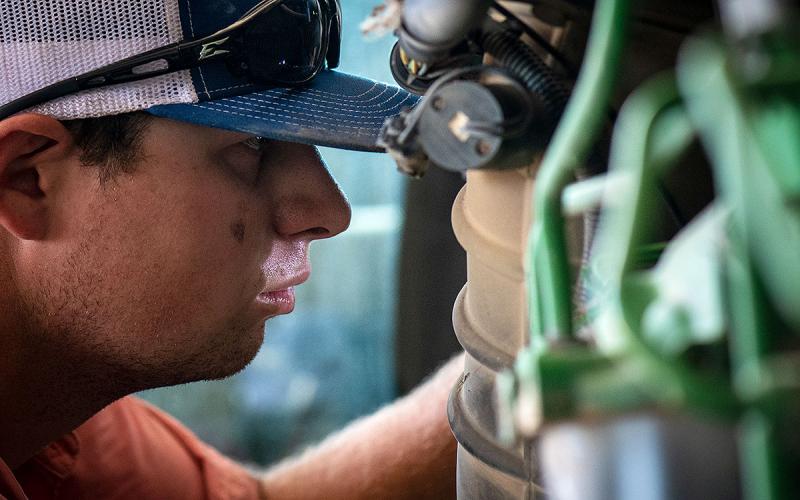
Safety & Training
Covering the range from animal handling to equipment safety, including training and certification to keep producers and their workforce productive.
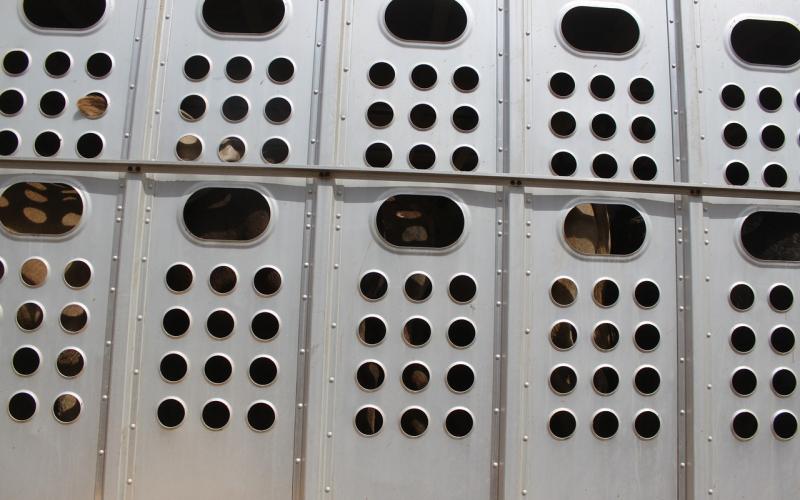
Livestock Emergency Response Planning (LERP)
The scene of an accident is not the place to build your team!
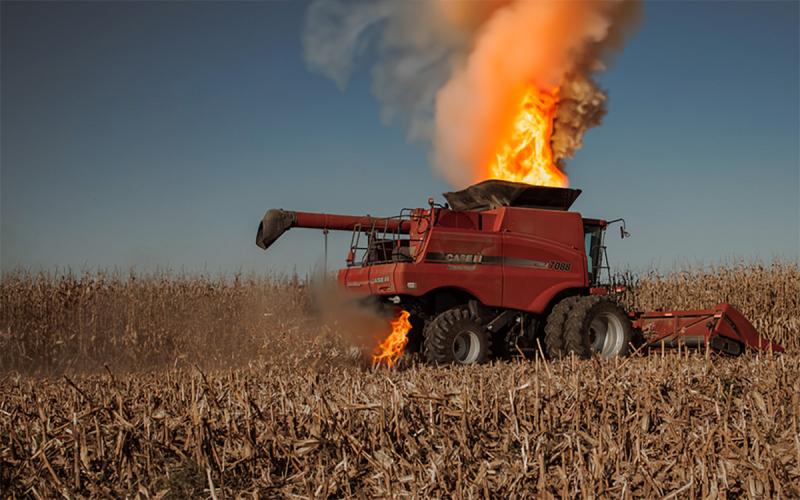
Harvest Time Equipment Fires
Dry weather conditions have led to many equipment fires this harvest season. Learn some expert tips for preparing your equipment and fields for a safe harvest, along with insurance considerations before and after a fire event.
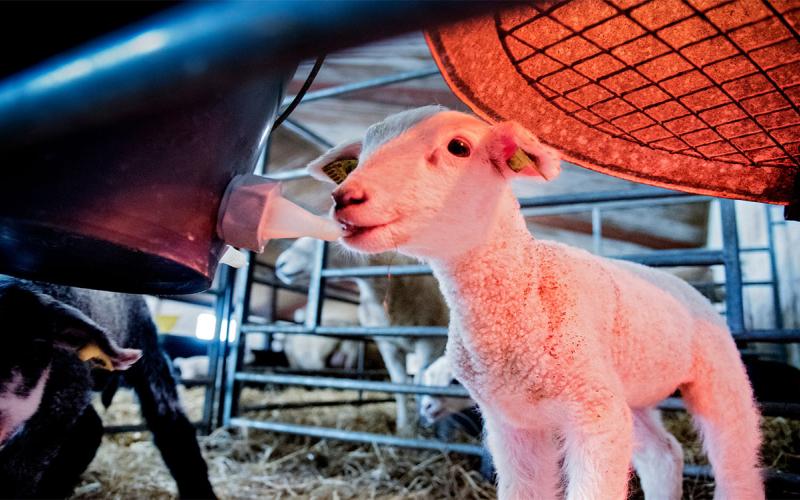
Electrical Safety in the Barn
From heat lamps to extension cords, learn some important fire safety considerations when electricity is used to warm up your barn during lambing and kidding season.
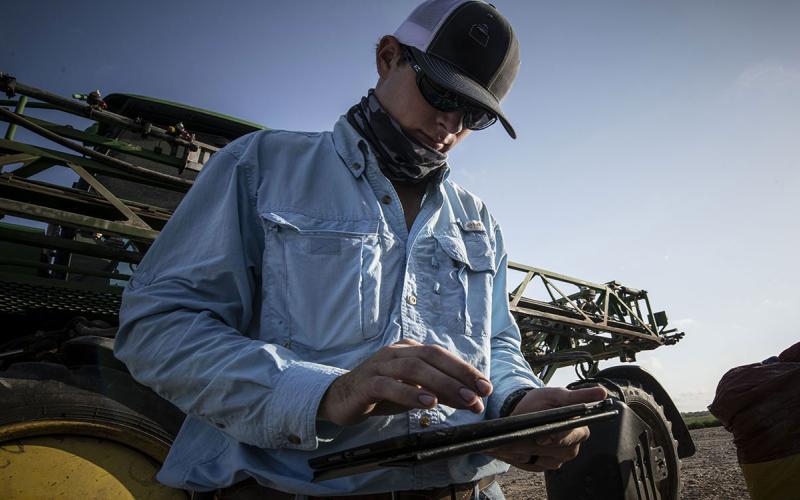
Pesticide Mixing and Sprayer Calibration Equations
Pesticides need to be applied at proper rates to ensure effective control of the pest. Learn some common equations used to mix pesticides and calibrate sprayers.
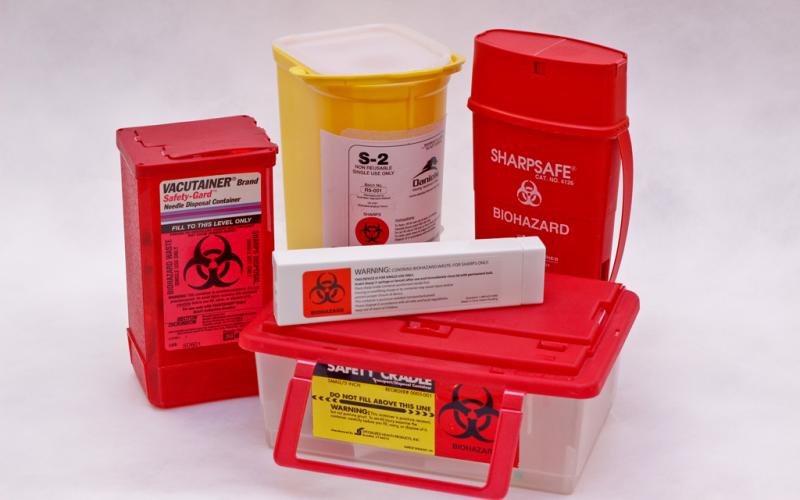
Where Do the Sharps Go?
Sharps used in livestock husbandry practices are considered medical or infectious waste. Regardless of why an animal received a shot, it is important to dispose of the needle in a safe way.
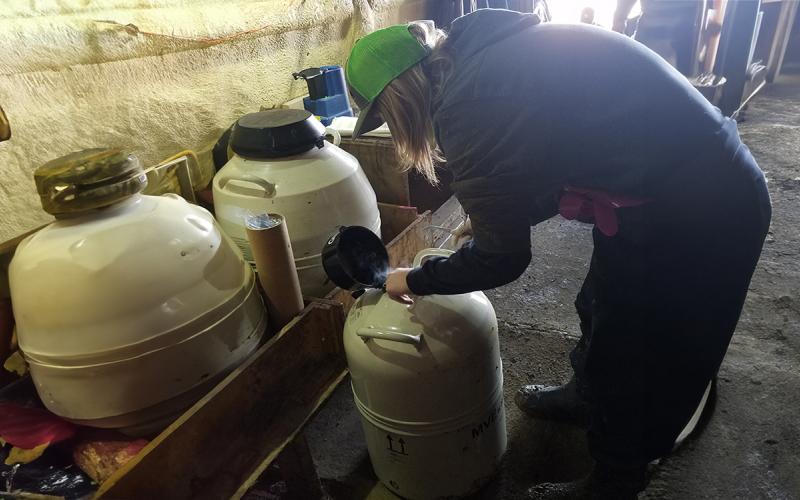
Dangers and Safety Precautions With Liquid Nitrogen
If you artificially inseminate, you have been exposed to liquid nitrogen. Even though it is commonly used in livestock production, it is critical to follow safety procedures, because it is very dangerous.
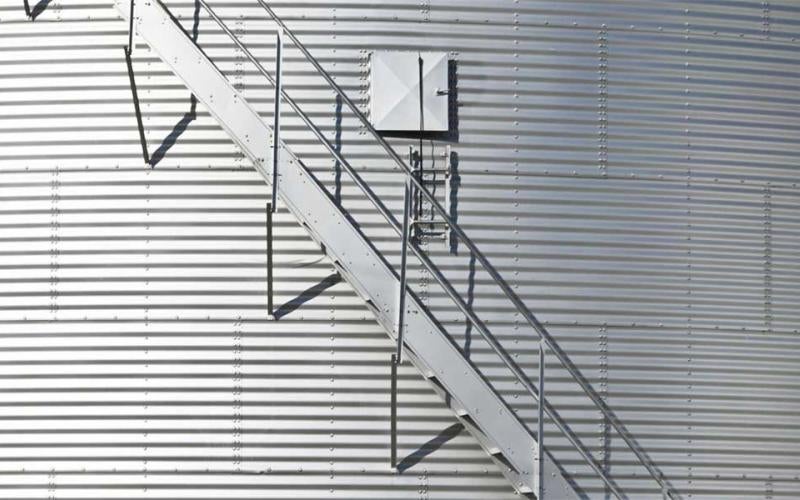
Grain Bin Safety Improvements
One major area of concern during fall harvest is producer safety in and around grain bins. Let’s examine some of the changes that producers could make to their current bins, which will help make them safer.
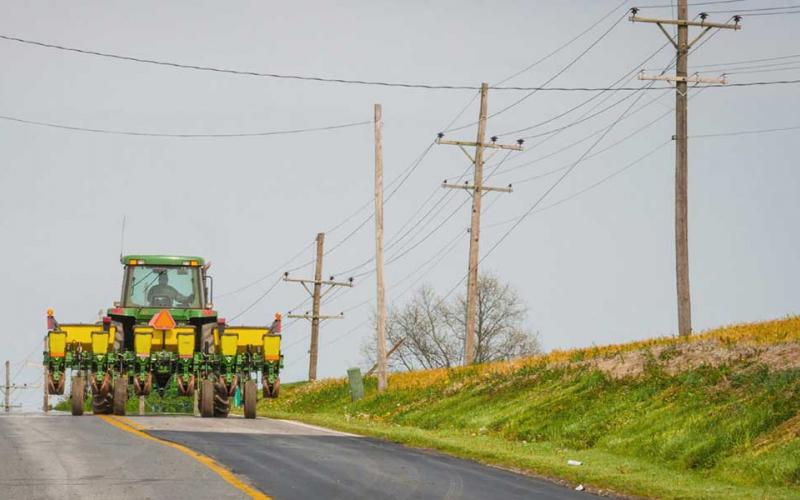
Agricultural Safety Around Overhead Lines
Every year farmers are injured or killed in electricity-related accidents. Assessing the electrocution hazards around your farm and fields and developing a safety plan for your operation can save lives.
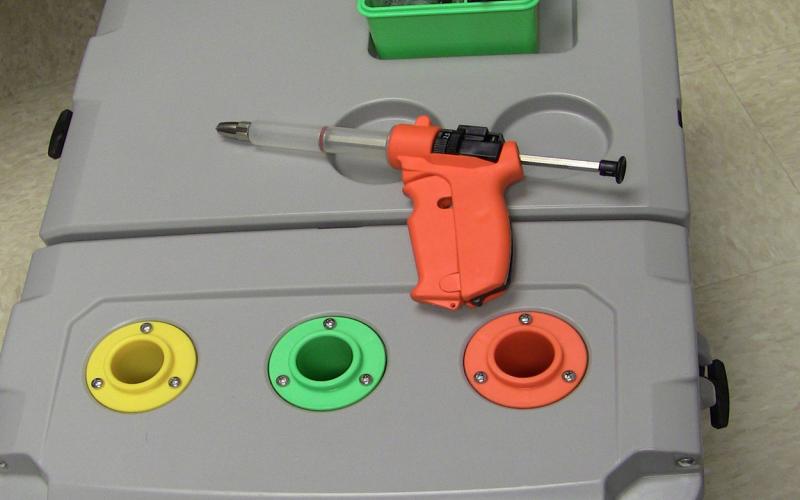
Management Tips for Vaccines and Injectables
A good herd health plan involves both a vaccination program and treatment plan developed with your veterinarian. The ultimate success of a vaccination program depends on how we handle and administer vaccines to our animals.